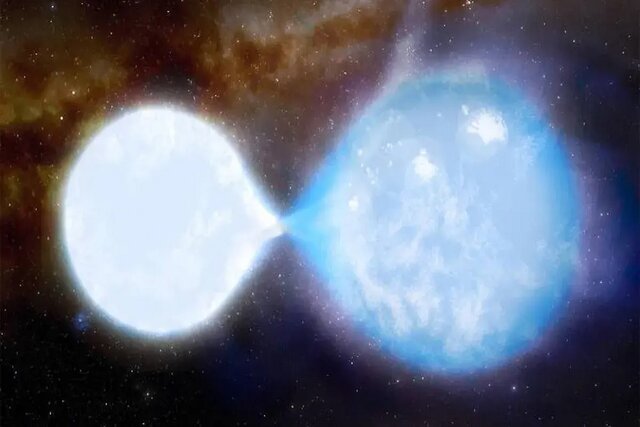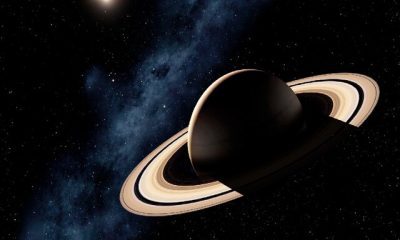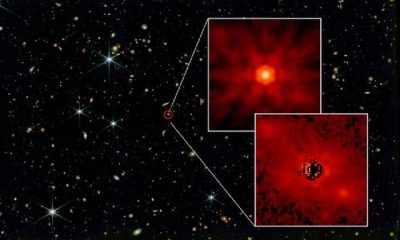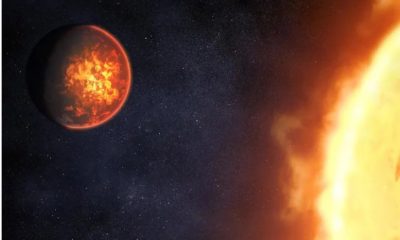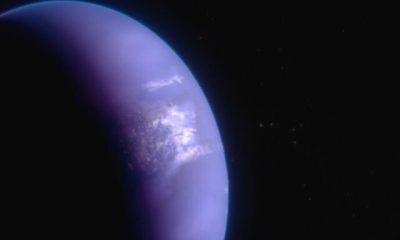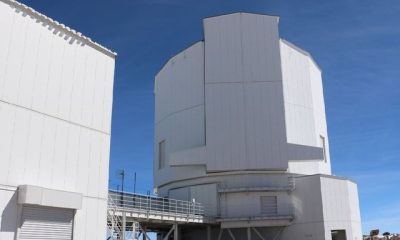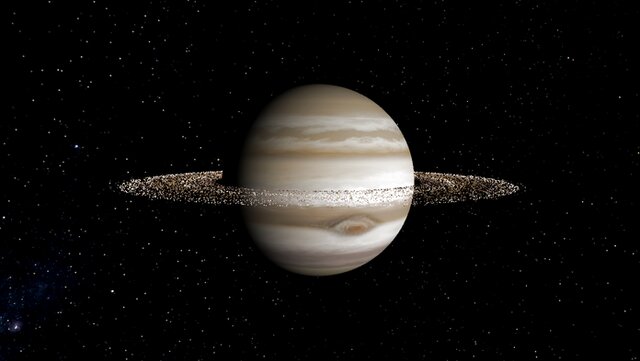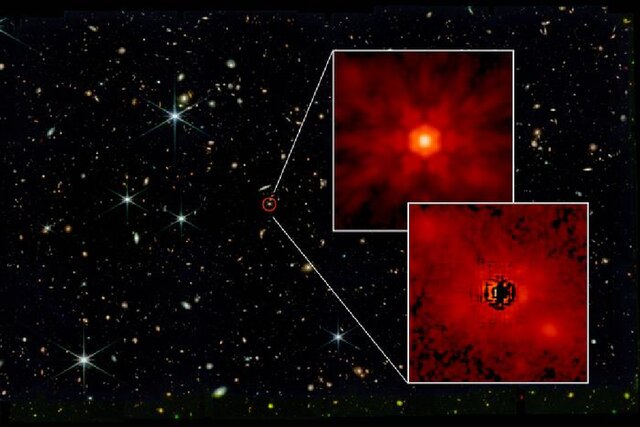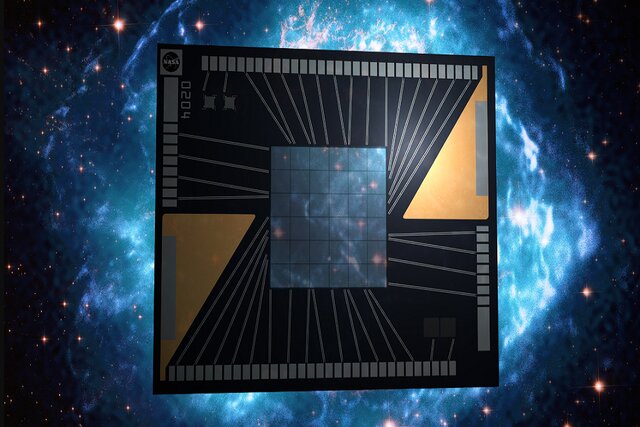Two stars that will become black holes in 18 billion years! Astronomers say the largest merging stars ever observed will eventually collapse into black holes in a massive event in about 18 billion years.
Two stars that will become black holes in 18 billion years!
In this article we’re going to read about two stars that will become black holes in 18 billion years! Astronomers have spotted two massive stars in a neighboring galaxy about to collide.
Over the next few million years their orbits will begin to collapse, leading to a cataclysmic event visible throughout the universe.
The researchers’ statement suggests that the two stars will eventually collide, creating massive ripples in the fabric of space-time before collapsing into a black hole.
Analysis of two merging stars
This new discovery is described in a study published by researchers from University College London (UCL) and the University of Potsdam (Potsdam) in the journal Astronomy & Astrophysics.
The researchers described how they analyzed a known binary star (two stars orbiting the same center of gravity) using several different ground-based and space-based observatories.
Located in a neighboring dwarf galaxy called the Small Magellanic Cloud, these stars are in relative contact with each other. In fact, one of these stars is currently feeding off the other. They orbit each other every three days and are the most massive colliding stars ever observed.
Dr. Daniel Pauli, one of the authors of this study, says: This binary star is the most massive colliding pair or so-called contact that has been observed so far.
He added: The smaller, brighter, and hotter star has a mass of 32 times the mass of the Sun and is losing mass to its larger companion, which has a mass of 55 times the mass of the Sun.
Scientists used computer models and compared them with their actual observations. They found that one of the contacting stars, also known as a “contacting binary,” is likely to become a black hole and feed on the other star. Soon after, the other star will likely become a black hole.
Becoming a black holes in the next 18 billion years
Based on their models and observations, scientists believe that these stars will turn into black holes in a few million years. Then they will orbit each other for billions of years and then collide with each other with enormous force. This event creates ripples in the fabric of space-time, also known as gravitational waves, which are theoretically detectable by instruments on Earth.
A black hole is a region in space-time with such strong gravity that nothing, not even particles and electromagnetic radiation such as light, can escape its powerful gravitational field. Albert Einstein’s theory of general relativity states that a sufficiently compressed mass can cause the deformation and bending of space-time and the formation of a black hole. The boundary of this region of space-time beyond which nothing can return is called the “event horizon”.
The adjective “black” in the name of a black hole comes from the fact that it traps all the light that passes through its event horizon. From this point of view, the black hole has a behavior similar to the black body in thermodynamics. On the other hand, the theory of quantum fields in curved space-time predicts that event horizons also emit radiation called Hawking radiation, whose spectrum is the same as that of a black body whose temperature is inversely proportional to its mass. Temperatures in the case of stellar black holes are in the billionths of Kelvin and are therefore difficult to track.
Objects that do not allow light to escape due to a very strong gravitational field were first noticed in the 18th century by John Mitchell and Pierre-Simon Laplace. The first modern solution of general relativity that actually described the properties of a black hole was discovered in 1916 by Carl Schwarzschild. Although its interpretation as an inescapable region of space was not well understood until four decades later, for a long period this challenge intrigued mathematicians until in the mid-1960s theoretical research showed that black holes were indeed one of the predictions of general relativity.
The discovery of neutron stars made the existence of objects compressed by gravitational collapse a possible physical reality of interest to scientists. Stellar black holes are thought to form during the collapse of massive stars in a supernova explosion at the end of their life cycle. The mass of a black hole after its formation can increase by receiving mass from its surroundings. By attracting surrounding stars and joining different black holes together, massive black holes or super black holes with a mass of millions of times the sun are formed.
A black hole is invisible because no light comes out of it, but it can show its existence by acting and reacting with the matter around it. By studying the interaction between the binary star and its invisible companion, astronomers have identified many possible candidates for black holes in these systems. There is a growing collective belief among scientists that there is a supermassive black hole at the center of most galaxies. For example, valuable achievements reflect the fact that at the center of our Milky Way Galaxy, there is also a supermassive black hole with a mass of more than four million times the mass of the Sun.
“Thanks to the gravitational wave detectors Virgo and LIGO, dozens of mergers leading to black holes have been detected in the past few years,” said Matthew Rickard, lead author of the study and a Ph.D. student at University College London.
Read More: Recording the first direct image of a black hole emitting a powerful jet
He added: Our best model shows that these stars will merge into black holes in the next 18 billion years. Finding stars on this evolutionary path so close to our own Milky Way provides a great opportunity to learn more about how these binary black holes form.



 Technology9 months ago
Technology9 months ago


 Technology10 months ago
Technology10 months ago


 Technology9 months ago
Technology9 months ago


 Technology11 months ago
Technology11 months ago


 AI1 year ago
AI1 year ago


 Humans1 year ago
Humans1 year ago


 Technology10 months ago
Technology10 months ago


 Technology11 months ago
Technology11 months ago
